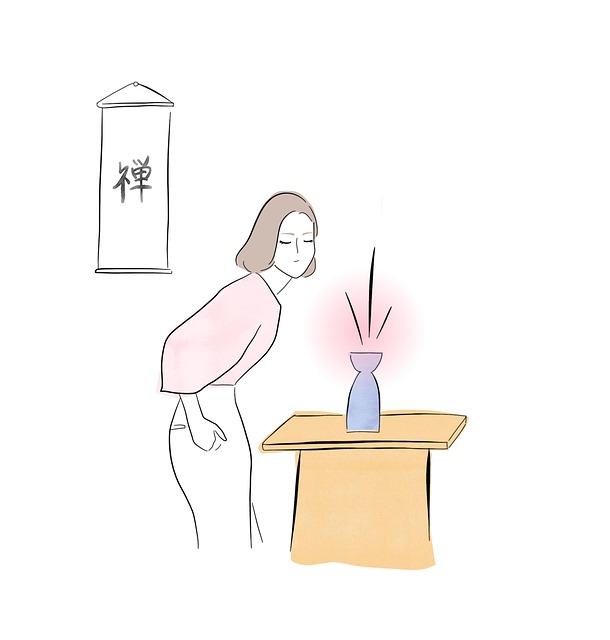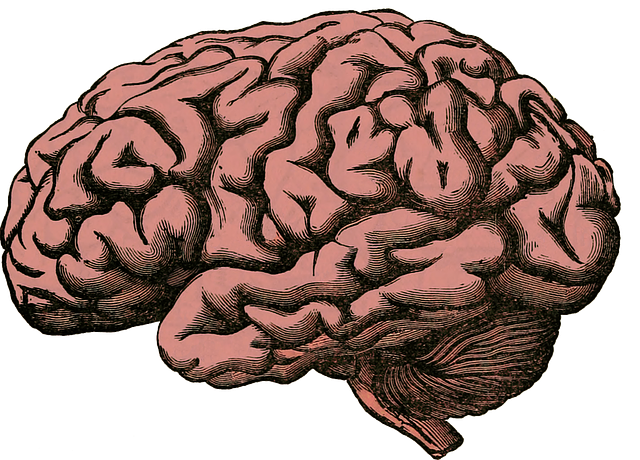Mental wellness journaling is a powerful tool for self-reflection and personal growth, offering individuals a safe space to explore their thoughts and emotions, especially beneficial for those recovering from PTSD like Lafayette Post-Traumatic Stress Disorder (PTSD) therapy. By documenting experiences in private journals, people can gain insights into their minds, identify patterns, and develop coping strategies. Regular journaling aids in managing mental illness symptoms, fostering resilience, and reducing stigma around mental health discussions. Lafayette PTSD therapy clients can use journaling to process traumatic memories, track triggers, and adjust personalized interventions with therapist communication, ultimately contributing to burnout prevention and emotional well-being.
“Unwind your mind and embark on a journey towards mental wellness with the powerful tool of journaling. This article guides you through the transformative process, offering insights into how this simple practice can be a game-changer for those dealing with post-traumatic stress disorder (PTSD). From understanding its benefits to setting up your space, we explore effective strategies. Learn what to capture in each entry and track your progress. Discover how Lafayette PTSD therapy techniques can be enhanced through journaling, providing a personalized path to healing and self-discovery.”
- Understanding Mental Wellness Journaling
- Benefits of Journaling for PTSD Recovery
- Setting Up Your Journaling Practice
- What to Include in Your Entries
- Tracking Progress and Adjustments
Understanding Mental Wellness Journaling

Mental wellness journaling is a powerful tool for self-reflection and personal growth, offering individuals a safe space to explore their thoughts and emotions. It involves documenting experiences, feelings, and insights in a private journal, often with the goal of improving mental health and overall well-being. By committing time to this practice, individuals can gain valuable insights into their minds, identify patterns, and develop coping strategies for various life challenges, including those related to Lafayette Post-Traumatic Stress Disorder (PTSD) therapy.
This form of expressive writing encourages self-awareness exercises, allowing people to confront and process difficult experiences, traumas, or everyday stresses. Regular journaling can aid in managing symptoms associated with mental illness, fostering resilience, and reducing the stigma surrounding discussions on mental health. Mental wellness coaching programs often incorporate development techniques centered around journaling as a means to enhance therapeutic outcomes and empower individuals in their journey towards better mental health.
Benefits of Journaling for PTSD Recovery

Journaling has emerged as a powerful tool for individuals navigating post-traumatic stress disorder (PTSD) recovery, offering a safe and private space to process traumatic memories and emotions. By putting pen to paper, Lafayette PTSD therapy participants can engage in a therapeutic practice that facilitates self-reflection and emotional release. This act of writing allows them to confront and make sense of their experiences, which is crucial for healing.
In the context of mental wellness, regular journaling can serve as a form of Mental Wellness Podcast Series Production—a personal narrative journey where individuals explore their thoughts and feelings. It provides an opportunity to gain perspective, identify triggers, and develop coping strategies. Moreover, this practice supports evidence-based approaches like Mental Health Policy Analysis and Advocacy by empowering individuals to take charge of their mental health and actively participate in their treatment, potentially reducing symptoms and improving overall well-being, thereby also aiding in Burnout Prevention.
Setting Up Your Journaling Practice

Starting a journaling practice for mental wellness is an act of self-care and can be immensely beneficial for managing stress, anxiety, or even post-traumatic stress disorder (PTSD), as supported by Lafayette Post-Traumatic Stress Disorder Therapy. Setting up your space and routine is key to making this habit stick. Begin by choosing a journal that feels right for you; it could be a beautiful hardback notebook or a simple spiral-bound pad. Make it accessible by keeping it within reach, perhaps on your bedside table or in a dedicated area where you can retreat to for some quiet time.
Incorporate consistency into your journaling journey. Decide on a daily or weekly schedule that works best with your lifestyle. Some people prefer morning pages to set an intention for the day, while others find solace in reflecting on the day’s events before bed. Consider adding prompts or questions to guide your thoughts, especially if you’re new to this practice. There are countless mental health education programs designed to offer creative writing prompts tailored to various emotions and experiences, which can be a game-changer for those looking to explore their feelings through journaling.
What to Include in Your Entries

When engaging in mental wellness journaling exercises, it’s crucial to be reflective and intentional about what you include in each entry. Start by documenting your daily thoughts, feelings, and experiences. Note any specific events or situations that triggered emotions or brought up memories related to Lafayette Post-Traumatic Stress Disorder (PTSD) Therapy. This can help in identifying patterns and triggers for your PTSD symptoms.
Additionally, consider incorporating practices such as gratitude lists, reflections on coping strategies, and self-care routines. Mental wellness journaling is not just about recording challenges; it’s also a tool for cultivating resilience. By regularly expressing gratitude for the positive aspects of your life and detailing successful use of depression prevention techniques, you can foster a sense of well-being and equilibrium. These practices contribute to public awareness campaigns development by encouraging individuals to prioritize mental health proactively.
Tracking Progress and Adjustments

As you progress through your mental wellness journaling journey, tracking your emotions and experiences becomes a powerful tool for understanding your inner world. By reviewing past entries, individuals can identify recurring themes, triggers, and emotional patterns. This process allows for self-awareness, enabling folks to recognize what works best for them in managing their mental health. For instance, someone navigating post-traumatic stress disorder (PTSD) through Lafayette therapy might notice that certain memories or environments consistently evoke strong reactions, prompting them to develop tailored coping strategies.
Journaling also facilitates adjustments to therapy plans and treatment approaches. Through consistent reflection, individuals can communicate more effectively with their therapists about what’s working and what needs improvement. This open dialogue encourages the development of inner strength and emotional well-being promotion techniques, while simultaneously contributing to mental illness stigma reduction efforts by normalizing the process of tracking progress and adjusting care plans.
Mental wellness journaling can be a powerful tool for individuals seeking to improve their mental health, especially those dealing with PTSD. By incorporating this practice into their routine, as supported by Lafayette Post-Traumatic Stress Disorder Therapy, people can gain valuable insights and promote healing. Through structured journaling, one can track their emotions, experiences, and progress over time, fostering self-awareness and personal growth. This article has provided a comprehensive guide to help you embark on your journaling journey, from understanding its benefits to setting up a consistent practice. Remember, with dedication and openness, mental wellness journaling can be a transformative experience, enabling you to navigate life’s challenges with greater resilience.














